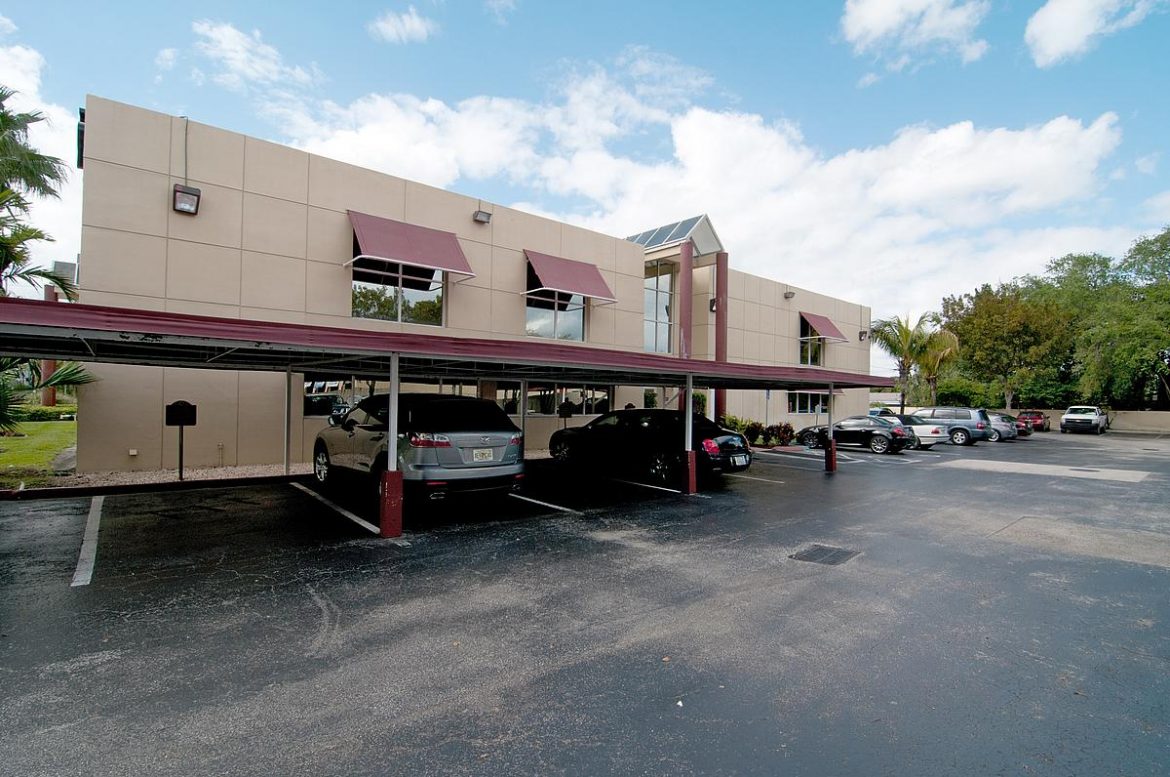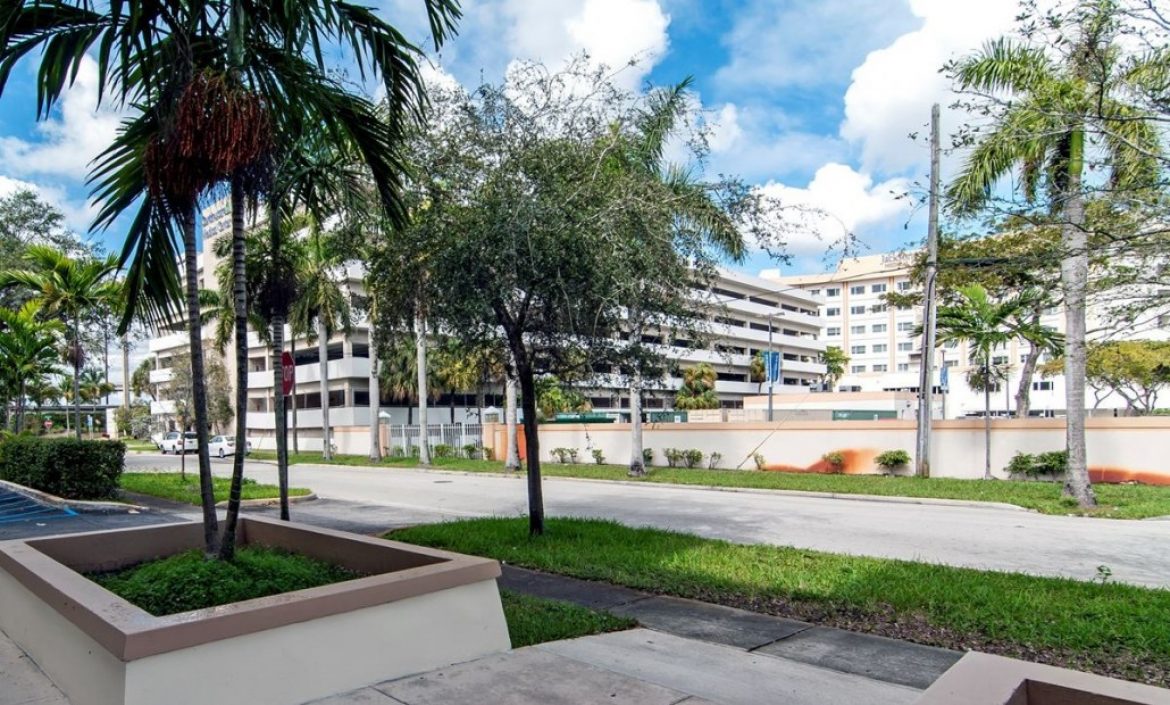Commercial real estate is poised to be hit especially hard by COVID-19.
While homeowners and renters have their own worries, commercial owners and their tenants are anxiously navigating their way through a morass of decimated income levels and unpayable rent, the path fogged-over by the novelty and unique horror of the current situation.
Now two months into the COVID-19 nightmare, commercial mortgage specialists are still being asked many of the same lease-related questions by their clients. MPA reached out to three of the partners in the New York office of Quinn Emanuel Urquhart & Sullivan, LLP, Andrew J. Rossman, Christopher D. Kercher, and Rollo Baker, to get some answers.
MPA: Has the government adopted any measures to help commercial tenants?
Andrew J. Rossman: Yes. While the federal government hasn’t adopted any comprehensive relief from rent obligations, various government entities have enacted mandates intended to prevent eviction due to coronavirus-related business disruptions.
For example, New York has paused commercial evictions and ordered state-regulated financial institutions to grant 90-day forbearance relief to some borrowers financially impacted by the COVID-19 pandemic. California has authorized local governments to suspend commercial evictions based on nonpayment of rent caused by a substantial decrease in business income related to COVID-19. Los Angeles has issued an ordinance temporarily prohibiting landlords from evicting commercial tenants for failure to pay rent during the ongoing crisis, though this does not apply to large or publicly traded companies. Seattle, Miami-Dade County, and Cook County have closed their Courts to eviction proceedings, effectively suspending evictions in those jurisdictions.
If tenants can access some of the $350 billion in small business loans contained in the federal CARES, they may be used to pay rent and other obligations. Some states are offering their own subsidized loans, too. Pennsylvania launched a small business relief fund to extend zero-interest loans of up to $100,000 to small businesses.
MPA: Does the law excuse a commercial tenant’s obligation to pay rent?
Christopher D. Kercher: Maybe. In the absence of more comprehensive debt relief measures, commercial tenants and their landlords should examine their written lease agreements to assess rent obligations during the pandemic. Tenants should review force majeure provisions that may be in their lease. Where a tenant’s operation of its business is prohibited by law, that tenant may be excused from lease terms relating to hours of operation or allowing access to the property.
Tenants should also assess whether their leases include provisions excusing or reducing rent obligations when there has been a “governmental taking” or “casualty” to the premises, and whether the pandemic and related government shutdown regulations could qualify.
MPA: Are there other potential defenses tenants can leverage?
Kercher: Potentially, particularly the legal doctrines of “frustration of purpose” and “temporary impracticability.” Generally, these doctrines apply when unforeseen, intervening events the contracting parties assumed would not happen deprive a party of the contractual benefit, defeating the purpose for the contract.
MPA: If a business is forced to close because of shutdown orders, could the “takings” provision in a lease provide a commercial tenant with some form of rent relief?
Rollo Baker: That’s an interesting question. Sometimes leases include clauses that provide for rent abatement or lease termination if there is a “government taking” of all or a portion of the premises. People are naturally wondering if government shutdown orders, which bar the use of the leased premises, count as “government takings” under the lease.
The Takings Clause of the Fifth Amendment of the Constitution requires “just compensation” when the government takes private property for public use. Courts have recognized that government restrictions on property rights, short of actually seizing property, may constitute a taking when the restrictions undermine the property’s economic value. However, courts have also held that the government’s exercise of “police power” to protect public health and safety does not constitute a “taking.”
State constitutions and state statutes may be more protective of property rights. Some state courts have held that quarantines destroying vegetation to stop disease are takings, requiring just compensation. Some state courts have also held that temporarily denying people the right to access their property constitutes a “regulatory taking” under their own state constitutions. This is a complicated body of law. It may prove fertile ground for negotiation and, if unsuccessful, litigation.
MPA: Does the denial of the “quiet enjoyment” of a space mean a tenant can stop paying rent?
Kercher: Probably not. Commercial tenants who are barred from use of their leased premises sometimes have a viable claim for breach of the covenant of quiet enjoyment, or possibly constructive eviction. But if the landlord is a private party not responsible for the regulations imposed on its tenants’ business operations, it is unlikely that the landlord can be held liable.
Baker: And many commercial leases condition the tenant’s right to quiet enjoyment on its payment of rent.
MPA: If tenants aren’t able to pay rent, what does that mean for the owners’ mortgage payments?
Rossman: There might be some relief for them. The federal government has encouraged lenders to grant voluntary extensions to borrowers impacted by COVID-19. To facilitate such agreements, the government has adopted orders temporarily limiting reporting, accounting, and regulatory compliance. Some banks and other lenders have announced programs for assisting eligible debtors and are waiving service and late fees, offering credit line increases, and approving collection forbearance for up to 90 days.
Baker: Several states have adopted measures requiring banks to grant forbearance under certain circumstances on debt obligations based on hardship. For example, New York Governor Cuomo’s Executive Order No. 202.9 provides that “it shall be deemed an unsafe and unsound business practice if, in response to the COVID-19 pandemic, any bank … shall not grant a forbearance to any person or business who has a financial hardship as a result of the COVID-19 pandemic.” Other states could follow suit.
Kercher: Landlords should look at their debt documents to assess whether they can invoke common law doctrines, such as “temporary impracticability,” to gain a near-term reprieve from debt collection. Every lease has unique terms, and both landlords and tenants should seek legal advice prior to taking any course of action. The economic shutdown does not mean a shutdown of choices under the law.
Source: Mortgage Professional America



